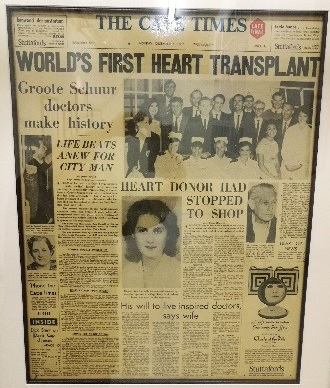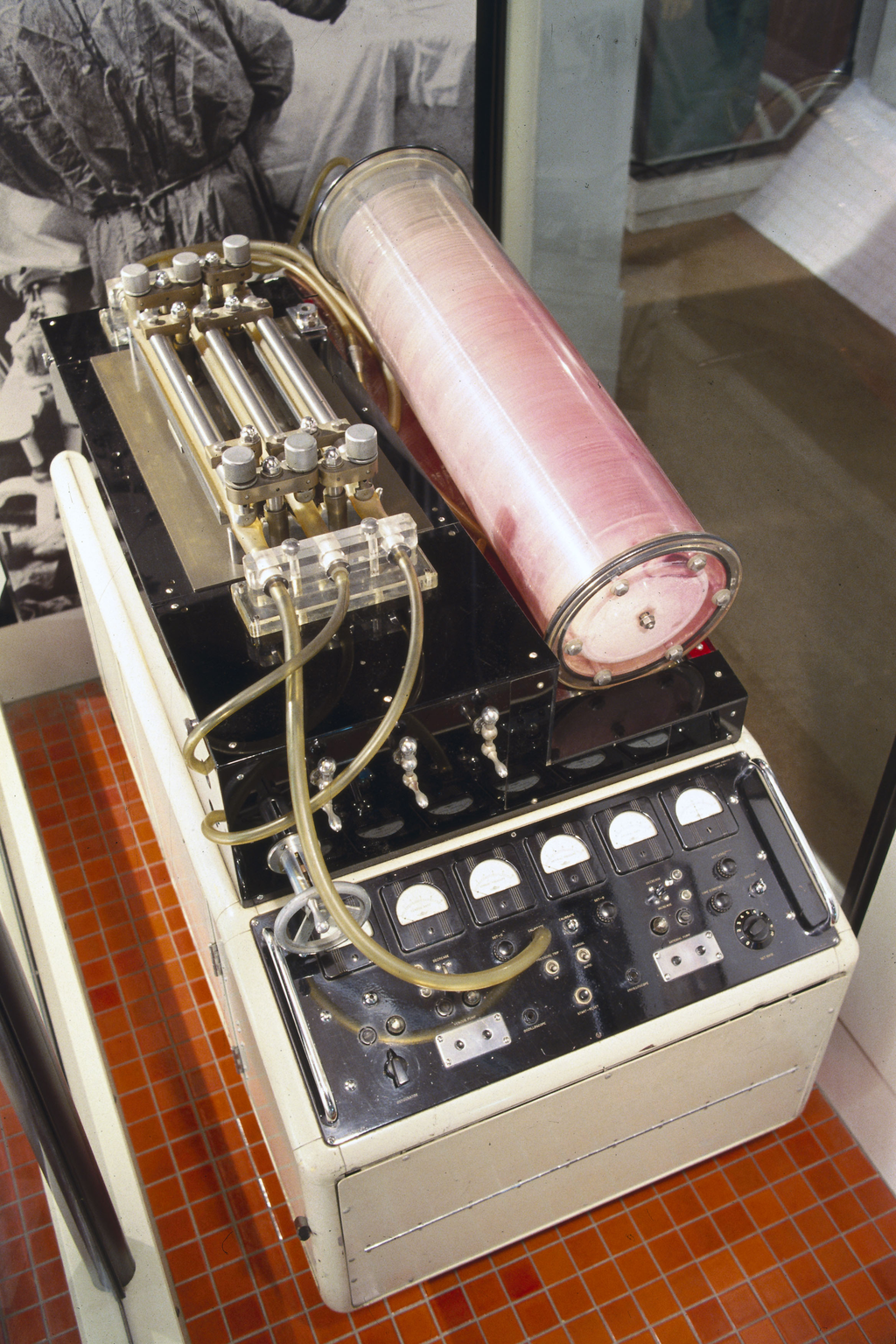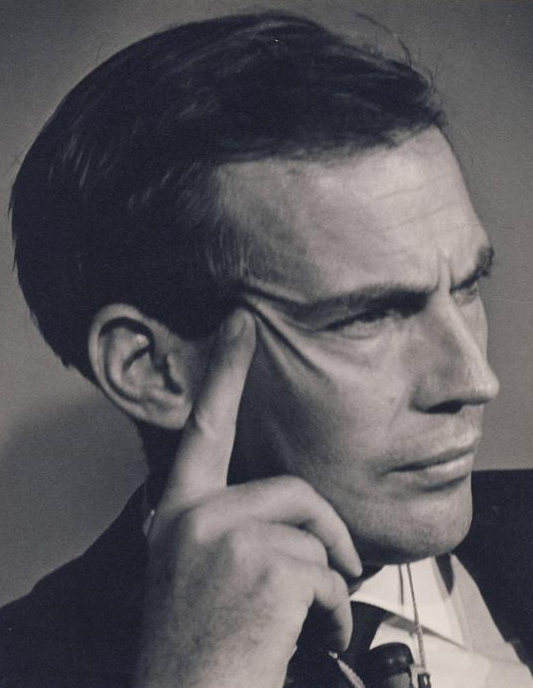Fifty years ago, at 6.13am (GMT) on 3 December 1967 at the Groote Schuur Hospital, Cape Town, history was made with the first successful human to human heart transplant.
South African surgeon, Christiaan Barnard stunned the world as news broke out that he had carried out the operation to place Denise Darvall’s heart into Louis Washkansky’s chest.

This news was ground-breaking and became forever embedded in the public consciousness.
Over the last couple of months, I have lost count of the conversations I’ve had with people, including my parents, about what it was like. Barnard’s achievement was so often compared to climbing Mount Everest.
Up until this point, kidney, liver, and lung transplants had been performed, but without the same media attention.
The heart was and is forever intertwined with ideas of love, emotion, and personality. There was also no backup plan if the heart transplant failed, so the operation was fraught with risk.
A quote that captures the intrepid pioneers of the sixties comes from Donald McRae’s book Every Second Counts: The Race to Transplant the First Human Heart:
‘Even the idea of touching the human heart, let alone cutting it out and placing it inside another living body, had been considered impossible.’
Research into the procedure had been happening for years, notably by American surgeon Norman Shumway; a man who many thought would perform the operation first.
However, Barnard remained adamant that he owed nothing to Shumway.

To commemorate this historic milestone in medicine we are looking at human heart transplants then and now – told by the people who have that unique experience, accompanied by objects that support their stories today.
The first donor: Denise Darvall

‘If you can’t save my daughter, you must try and save this man.’ Edward Darvall
Twenty-five-year-old Denise Darvall had irreversible brain damage following a car accident. Her father made the decision to donate her heart in just four minutes.
Much of the technical expertise to do this operation had been developed years beforehand. What halted most surgeon’s efforts was finding a donor.
Many legal definitions of death were defined by the stopping of the heart and in South Africa, two doctors had to agree. Barnard used a simple definition of what we now know as ‘brain death’– no reaction to light or pain, including an examination by a neurosurgeon.
However, he still faced opposition in his own surgical team. So, they waited for her heart to stop beating before removing it.
The first recipient: Louis Washkansky

‘I was petrified at what I’d find. Like everyone else I thought the heart controls all your emotions and your personality.’ – Louis Washkansky
Louis Washkansky had heart failure following three heart attacks. When approached by Barnard about the risky surgery he replied: ‘I can’t go on living like this.’
Following his transplant, newspapers reported on his condition daily. Even the ECG of Louis’s new heart starting up was headline news. Unfortunately, he died 18 days later from pneumonia because his immune system had been extremely weakened.
The first surgeon: Christaan Barnard

Barnard’s historic operation kicked off what became known as ‘a year of transplants’ where surgeons attempted the same operation. Over 100 operations happened in 50 different hospitals worldwide with varying degrees of success. Although, high mortality rates and the high cost meant many surgeons turned their back on the procedure.
By the end of the 1970s, with brain death passing into law and new immunosuppressant drugs, transplants became more widely practiced again.
Barnard’s own transplant record is impressive reading: his second patient, dentist Philip Bleiberg lived for 18 months; another Dorothy Fisher lived for 12 years and Dirk Van Zyl lived for 23 years. All the more incredible when some of the widely used immunosuppressants only came in to use years after their operations.
Heart transplants today
Today over 200 heart transplants happen each year in the UK without the media fanfare but forever change the lives of the people who receive them. I have been lucky enough to talk to people involved in heart transplants with the help and support of Papworth Hospital – one of five transplant centres in the UK.
Heart surgeon, Catherine Sudsharan says:
‘The heart is such a fascinating organ that it never seizes to amaze me. Technically, it may be one of the easiest operations that I perform. But, the fact that this beautiful organ that belonged to one individual, removed and then plumbed into another person, starts to beat and subsequently works within minutes of completing the operation irrespective of class, race, age or sex continues to enthuse me.’
Meeting Eric Scoones, who had a heart transplant in 2013, was one of the most memorable days I have had during my time at the Science Museum.
His openness about his story was moving and the objects on display tell just a small part of that story – a month’s worth of medication boxes taken to stop his body rejecting his new heart and the t-shirt he wears while running to inspire others to think about becoming an organ donor.

Unlike the first human heart transplant, Eric will never know who his donor was as all donations in the UK are anonymous, but he often thinks of them:
‘At first, I actually couldn’t sleep because my new heart felt like it was beating so hard! I often remind myself of the precious gift that I’ve received, thanks to my anonymous donor and the generous spirit of his family at a time of tragedy for them.’
You can see the free display 50 years of Heart Transplants at the Science Museum from today.
This display would not have been possible without the support of Papworth Hospital, Eric Scoones, and the Choudhrie Family Foundation.